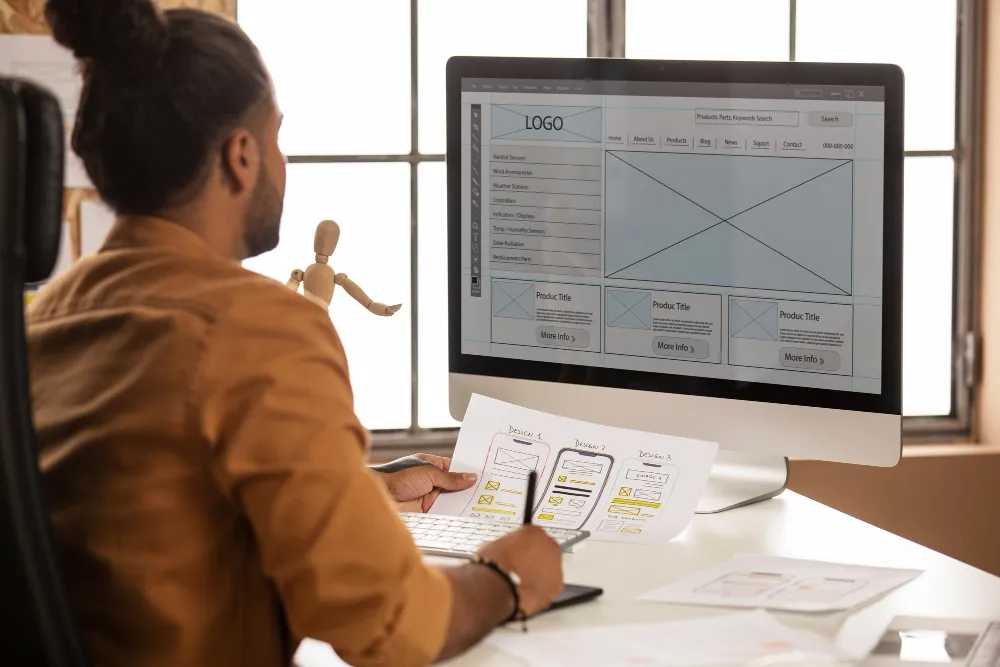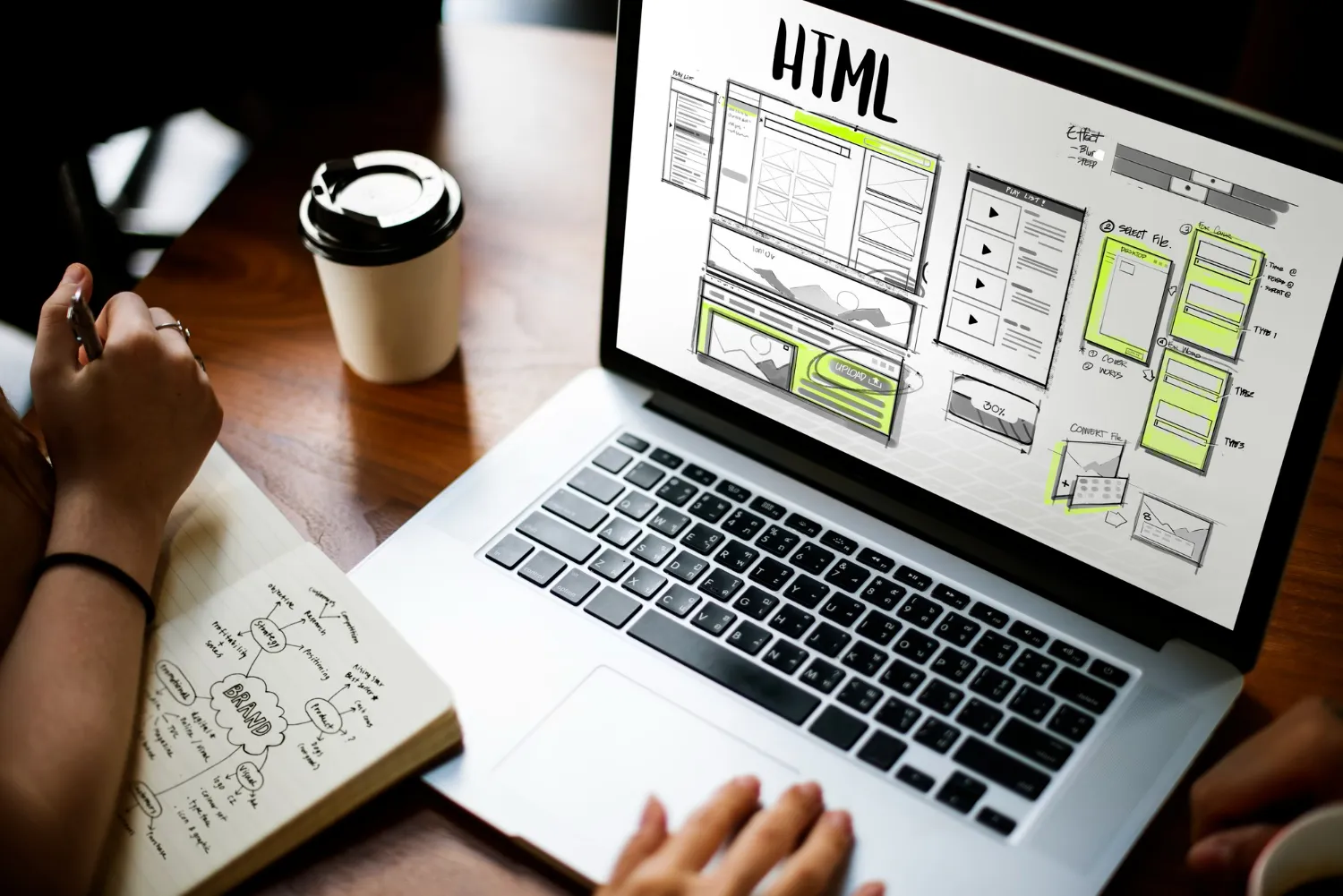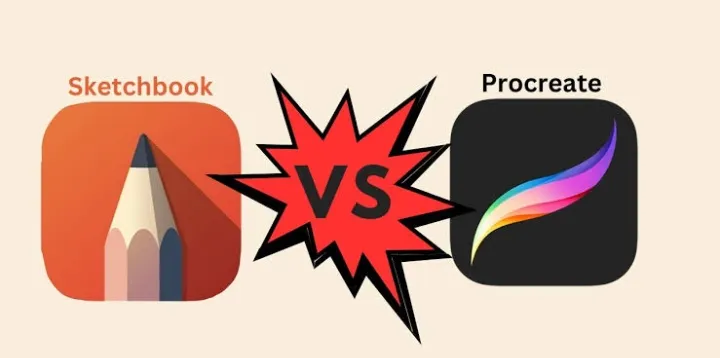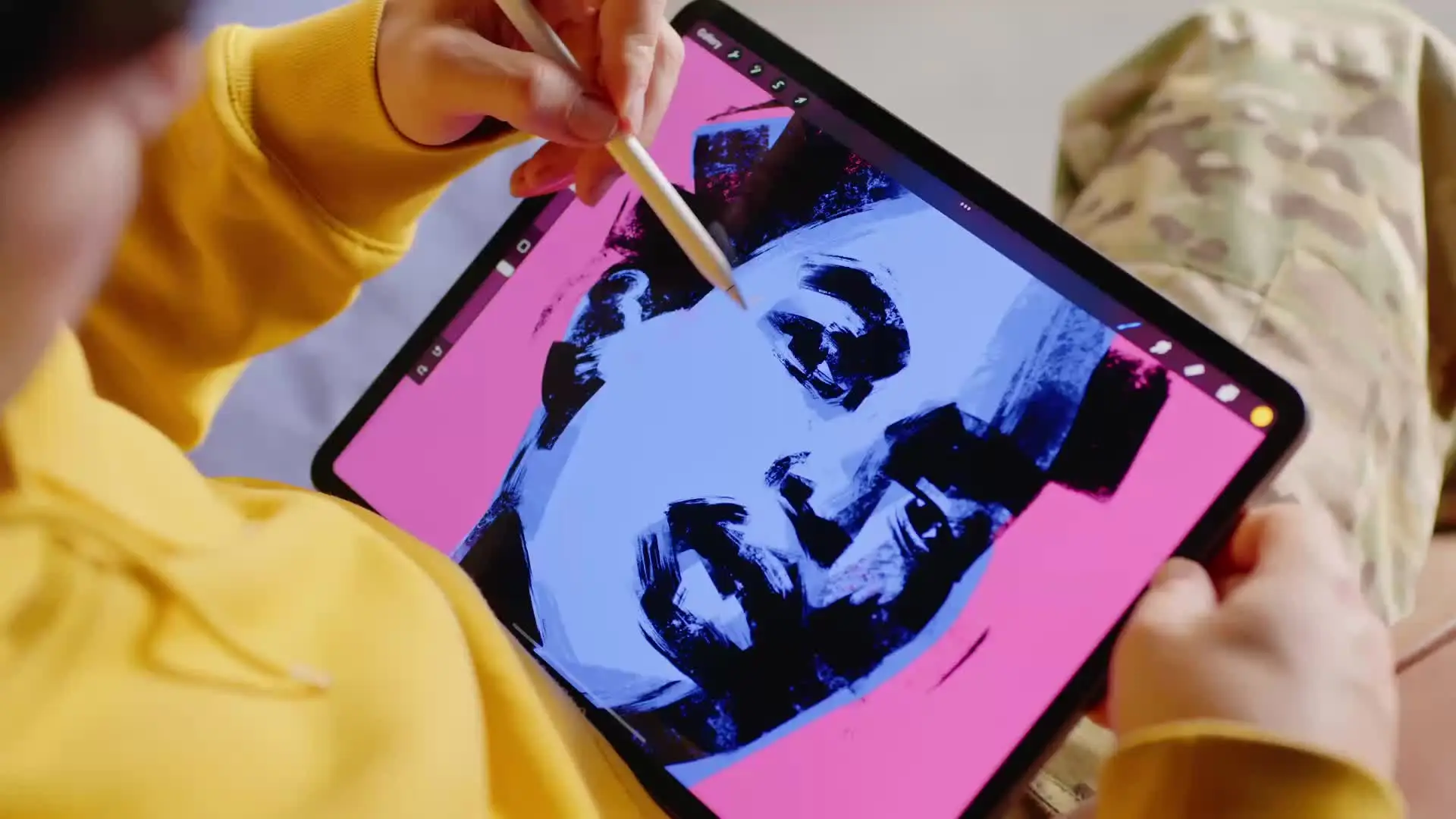The roles of User Experience (UX) and User Interface (UI) design are central to modern technology since building seamless digital products requires a blend of technical, analytical, and soft skills. Mastering these skills for every UX UI designer is the definitive pathway to a competitive career in this rapidly evolving field.
Industry experts emphasize a shift toward strategic thinking. For example, the UX Design Institute suggests that research, critical thinking, and strategic problem-solving are quickly becoming the most crucial competencies for professionals. This guide outlines the other most important skills in the UI/UX career.
Key Takeaways:
- Success in design requires a foundation of empathy and rigorous user research to inform every design decision.
- Strategic skills like information architecture and problem-solving are now valued equally with visual design abilities.
- Effective communication and continuous testing are essential for translating concepts into functional, team-approved products.
Also Read: 2025 Design Forecast: What’s Next for UI/UX and Branding?
10 Essential Skills for UX/UI Designer Excellence
A competitive designer’s toolkit must encompass far more than just mastery of software. The following abilities represent the strategic and creative pillars of the profession.
1. User Research and Empathy
Successful design starts with research to gain a deep understanding of the user. Research involves conducting interviews, surveys, and usability studies.
Empathy means stepping into the user’s shoes to understand their pain points and motivations. These insights ensure that design decisions are based on real user needs, not mere assumptions. This foundation prevents costly mistakes later in the development cycle.
2. Information Architecture
Information architecture (IA) involves organizing and structuring content within a digital product. A well-structured IA ensures that users can find the information they need quickly and easily. This is vital for intuitive navigation.
Clarifying menus, labels, and content hierarchy through information architecture lowers cognitive load for the user. A logical structure is the basis for a successful user journey.
3. Visual Design and Aesthetics
Visual design is the process of creating the final look and feel of the interface. This involves choosing color palettes, typography, and imagery that reflect brand consistency. A strong visual design enhances the overall user experience. This focus is a core part of the skills for a UX UI designer.
Aesthetics build immediate trust and professionalism with the user. The goal is to create an interface that is both beautiful and functional.
Also Read: User Flow Examples: 10 Inspirations to Improve Your UX
4. Prototyping and Wireframing
Prototyping involves translating initial concepts into interactive, testable models. Wireframing creates the low-fidelity structural blueprint of the screen. These are key skills for every UI UX designer because they allow for rapid iteration and testing.
Wireframes and prototypes enable stakeholders to test the application’s flow before coding begins. This process is essential for gathering valuable feedback early in the process.
5. Interaction Design
Interaction design (IxD) focuses on designing the behavior and response of interface elements. This includes defining animations, micro-interactions, and input feedback. IxD ensures the product responds seamlessly to user actions.
This skill is crucial for creating an engaging and intuitive experience and making the application feel smooth and responsive to the user.
6. Communication Skills
Designers must clearly articulate their ideas and defend their creative choices to clients and development teams. Strong communication skills are vital for presenting research findings and managing feedback. Effective presentation is valuable skills for a UX UI designer.
The ability to translate complex design problems into understandable business terms ensures project alignment. Clear communication prevents misinterpretation during the handoff to developers.
7. Problem-Solving Mindset
UX is fundamentally about solving complex user and business challenges. This requires a systematic, analytical approach to addressing pain points. A strong problem-solving mindset is one of the essential skills needed for a UI UX designer. Designers must explore multiple creative solutions for every challenge.
This strategic thinking moves the designer beyond just aesthetics. It ensures that the final product delivers real value to both the user and the business.
Also Read: Top 10 Graphic Designer Website Examples for Inspiration
8. Usability Testing
Usability testing involves observing real users interacting with a prototype or product. The goal is to identify points of friction, confusion, or failure in the design flow. This process provides empirical data to justify revisions.
Iterating based on real feedback is essential for creating an intuitive product. Testing prevents assumptions from leading to flawed final designs.
9. Knowledge of Design Tools
Proficiency in industry-standard software is the baseline requirement for professional execution. Tools like Figma, Adobe XD, and Sketch enable the rapid creation of high-fidelity designs and prototypes. This mastery is foundational skills for a UX UI designer.
Familiarity with these applications allows for efficient collaboration and file sharing. Staying updated on the latest software features is critical for productivity.
10. Collaboration and Adaptability
Designers must work effectively across disciplines, collaborating with developers, project managers, and marketers. The ability to adapt to new technologies and shifting business goals is crucial. This cross-functional teamwork is necessary to know what are the skills required for a UI/UX designer.
The designer also serves as the central bridge, translating user needs into technical specifications. This adaptability ensures the product meets both user demands and technical feasibility.
Also Read: 3D Website Examples That Bring Interaction and Creativity to Life
Finalizing Your Professional Skills for a UX UI Designer
Mastering the blend of technical aptitude, creative vision, and strategic thinking is the core of successful UX/UI design. Your ability to create a functional blueprint must be matched by a compelling final aesthetic.
To effectively communicate your professional designs, visual depth is necessary, which requires high-quality assets. Elevate your professional designs and make your prototypes visually undeniable by exploring the exclusive premium 3D visual assets at Tridimensi.






